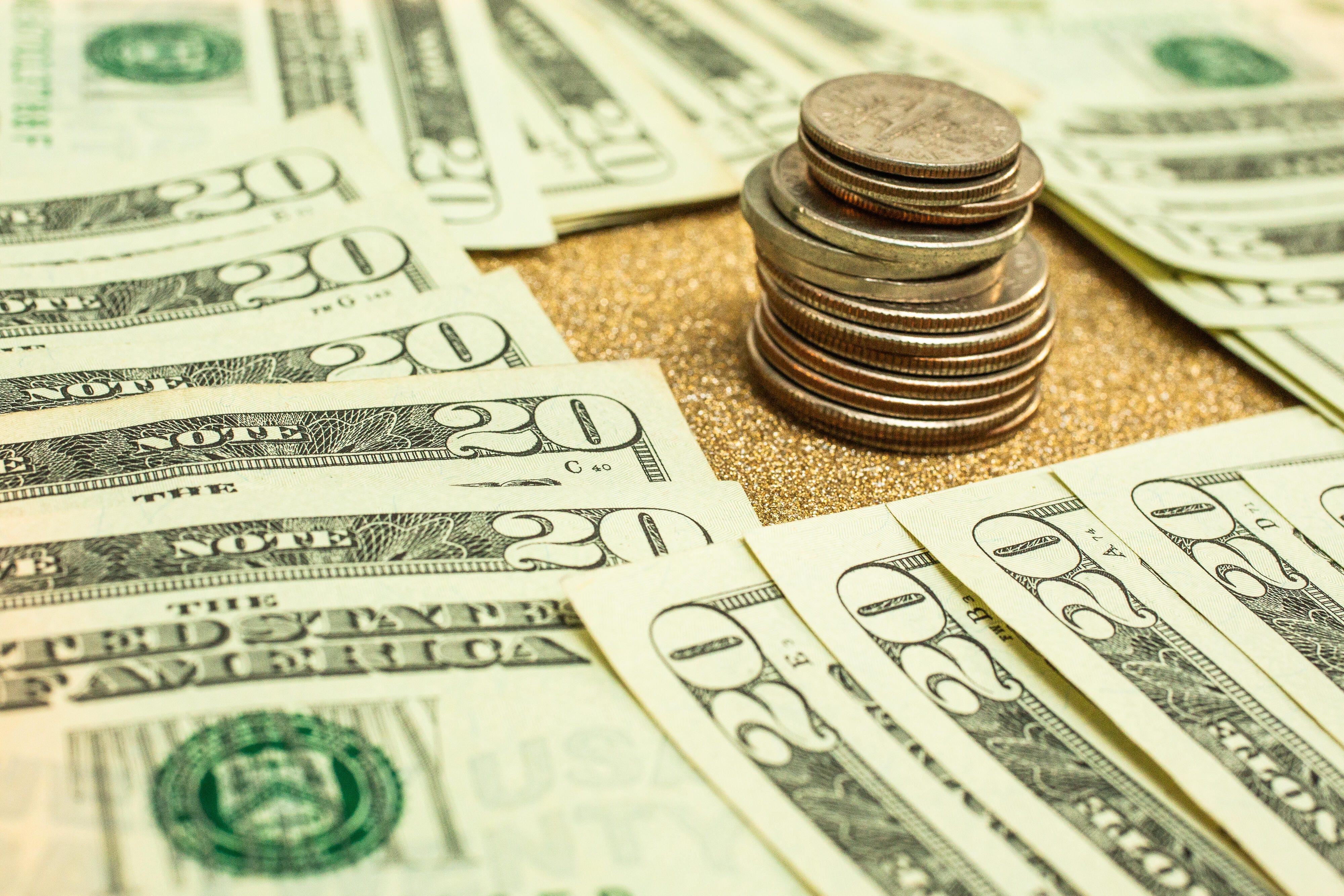Here is when the kid tax credit score funds begin, and different issues to find out about your cash
Mark your calendar for all the child tax credit payment dates to know.
Sarah Tew/CNET
With both IRS portals now open for the child tax credit, families are gearing up to receive their payments in just a few weeks. Parents — especially those with multiple kids — can expect a large check if they qualify. A total of seven child tax credit checks will be divided between next month and the 2022 tax season (although you can unenroll for one big payment, with a catch). We’ll tell you all the dates you can expect a payment.
The child tax credit payment dates are confusing, and the check amounts are somewhat uneven. You might also get your payments differently. Knowing how much money you’ll get, and when, can help you start planning how you’ll use your money.
Overpayments for the child tax credit is something else you need to keep an eye on — a very real and hopefully not-too-common situation that could cause you to actually owe the IRS money — even if you and your children are eligible for the checks. (If you share custody, read this.) We also know three ways to find out if you’re eligible, and how to calculate your family total based on the number and ages of your kids. Here’s how to claim up to $16,00 more for your child care costs. This story has been updated with new information.
Child tax credit payment dates to add to your calendar
The main thing to understand is that — unless you tell the IRS you want to unenroll from the child tax credit — you’ll get six checks in 2021 and one in 2022. The second most important piece of knowledge is that half your total child tax credit payment (calculate that here) will come this year, with the other half coming in 2022 as part of tax season.
So in other words, your largest single payment arrives next year. Until then, you get six smaller payments this year to start using right away.
Child tax credit payment schedule
| Monthly | Maximum payment per child 5 and younger | Maximum payment per child; 6 to 17 |
|---|---|---|
| July 15: First 2021 check | $300 | $250 |
| Aug. 13 | $300 | $250 |
| Sept. 15 | $300 | $250 |
| Oct. 15 | $300 | $250 |
| Nov. 15 | $300 | $250 |
| Dec. 15: Last 2021 check | $300 | $250 |
| April 2022: Second half of payment | $1,800 | $1,500 |
What if my child tax credit payment arrives late?
One thing to keep in mind is that the IRS is targeting the payment dates (see above). If you have a direct deposit set up with the IRS, you might see a pending payment before the actual closing date. That means you might not be able to access the money right away, but that it’s in process.
It could take longer for your payment to arrive if you’re receiving the check by mail, or in the form of an EIP card. If enough time has passed and you’re concerned there may be a problem, you can use the IRS web portal to correct information. You’ll also want to make sure you let the IRS know if you moved (not just the US Postal Service).
What does unenrolling from child tax credit payments mean?
You aren’t obligated to receive monthly child tax credit payments this year. Instead, you can choose to get one payment in 2022, and the new Child Tax Credit Update Portal will allow you to do so. You may want to opt out if you’d rather have one large payment for a projected expense next year, or if you’re concerned the IRS might overpay you this year and you don’t want to be saddled later with an outstanding debt.
Watch this:
Child tax credit: Everything we know
3:56
What are the different child tax credit pay amounts for kids’ ages?
How the payments will be divided between 2021 and 2022 might be confusing. For each qualifying child age 5 and younger, up to $1,800 (half the total) will come in six $300 monthly payments this year. For each kid between the ages of 6 and 17, up to $1,500 will come as $250 monthly payments six times this year.
The IRS bases your child’s eligibility on their age on Dec. 31, 2021, so 5-year-old children turning 6 in 2021 will qualify for a maximum of $250 per month. For both age groups, the rest of the payment will come with your 2021 tax refund when you claim the remainder of the tax credit in 2022. Here’s how to calculate your family’s total amount, including a monthly breakdown.
If your dependents are 18 years old, they can qualify for $500 each. Dependents between the ages of 19 and 24 may qualify as well, but they must be enrolled in college full-time. Here’s more on the financial details for qualified dependents.
2021 child tax credit maximum payments
| Ages 5 and younger | Up to $3,600, with half as $300 advance monthly payments |
|---|---|
| Ages 6 to 17 | Up to $3,000, with half as $250 advance monthly payments |
| Age 18 | $500 onetime check |
| Ages 19 and 24, full-time college students | $500 onetime check |
Will my 2021 newborn baby qualify for the child tax credit?
If you have a baby in 2021, your newborn will count toward the child tax credit payment of $3,600. Children who are adopted can also qualify if they’re US citizens.
What do I need to know if I don’t typically pay or file taxes?
Payments will be automatic for those who filed their 2020 tax returns by the May 17 deadline (or those who claimed all their dependents on a 2019 tax return). But what if that’s not you? Non-tax filer parents should use the new IRS tool, called the “Non-filer Sign-up tool” to get their money, even if you’re not usually required to file. This will let the IRS know your income and how many dependents are in your household who count toward the child tax credit benefits. (Here’s more information about the IRS portals, including for those who don’t usually file taxes.)
You could also file a tax return to get the full monthly child tax credit payment you’re owed. The IRS is offering information about free tax days in major cities to outreach to families who still need to file a 2020 return.
What’s do I need to know about owing the IRS for overpayment?
Since the IRS uses your 2019 or 2020 tax return, your family may not qualify for the child tax credit payment when you file your 2021 tax return in 2022. In this case, you will have to repay some or all of the credit back to the IRS. The child tax credit rules aren’t as flexible as the stimulus check rules regarding overpayment. One example of this happening is if you and the other parent of your child (who is not your spouse) are both paid for the child tax credit for the same dependent.
To avoid this tax inconvenience, make sure all your information is updated before the payments start arriving. The future portal will allow you to make adjustments.
The larger child tax credit can help families that have faced financial hardship due to the pandemic.
Sarah Tew/CNET
If I share custody of a kid, do I still get the child tax credit checks?
For the first two stimulus checks, some parents who shared custody of a child but weren’t married to each other were entitled to each claim money for the same child. That was only if they alternated years for claiming the dependent — in other words, if one parent claimed the child on their taxes in odd years and the other claimed the child on their taxes in even years.
This is no longer allowed for the third check, and we’re told it won’t work that way for the child tax credit payments either. Here’s what we know so far about the child tax credit and shared custody situations.
What are the household income limits to qualify for a check?
Income limits do determine how much you will receive and if you even qualify, though there is no limit on the number of children you can receive credit for as long as you’re eligible. The amount you’ll get will phase out for people with higher incomes: singles earning more than $75,000 per year, heads of household earning more than $112,500 per year and married couples earning more than $150,000 a year. Your child tax credit payments will begin to phase out by $50 for every $1,000 of income over those threshold amounts, according to Joanna Powell, managing director and certified financial planner at CBIZ.
Learn smart gadget and internet tips and tricks with our entertaining and ingenious how-tos.
Why are there two child tax credit portals?
The IRS has opened two more online tools and portals. The first portal is for people not normally required to file an income tax return, including low-income families. The new Child Tax Credit Eligibility Assistant tool helps families quickly determine whether they qualify.
The latest Child Tax Credit Update Portal allows families to update their information if their circumstances have changed: For example, if a new child has arrived or will arrive in 2021 who isn’t reflected on a 2020 tax return. That portal will also allow families to unenroll from the monthly payments if they prefer to receive one big payout for the total amount when they file taxes in 2022.
How is this year’s child tax credit different from others?
The first thing to know is you won’t get your child tax credit payments all at once in 2021. The credit part means the amount you owe on your 2021 taxes (which you file in 2022) will be reduced by the “credit” you gain from your eligible dependents. That could either decrease the amount you owe the IRS or else increase your tax refund. The idea is to bring you money sooner, which is why the checks will start coming in 2021 as “advance payments.”
This logic also explains why your 2021 child tax credit is split into two parts. The first half in 2021 will come as advance monthly installments you can start using right away. The second half will apply to your 2021 taxes next year.



Comments are closed.